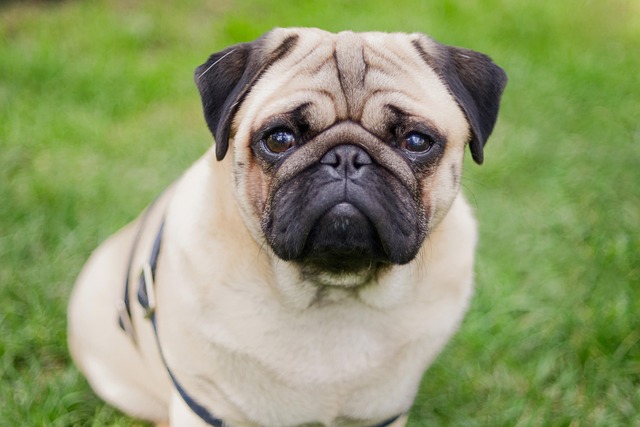
How do i train my dog to be obedient?
Watching your dog dart across the park ignoring your calls isn’t just frustrating—it can put them at risk near busy streets or public spaces.
Introducing your puppy to grooming early sets the foundation for a lifetime of stress-free spa days. Just like socializing them with people and other animals, positive grooming experiences build trust and make future vet visits, nail trims, and baths easier. But how do you turn a squirmy furball into a calm grooming champ? Here’s your step-by-step guide.
Start with short, positive interactions. Puppies have tiny attention spans, so aim for 5-minute sessions. Use a soft baby brush or your fingers to gently stroke their coat while offering treats. Focus on areas that will be groomed regularly, like the back, sides, and chest. Notice how your puppy reacts – if they pull away or whine, stop immediately and try again later. This isn’t a race; it’s about building comfort.
Gradually introduce new sensations. Once your puppy is relaxed with brushing, add in other grooming tools. Let them sniff the nail clippers before gently touching their paws. Turn on the bath faucet at a low trickle while they play nearby to desensitize them to running water. Always pair these new experiences with high-value treats and lots of praise. Remember, every puppy learns at their own pace, so be patient if your little one needs extra time.
 Create a grooming routine they’ll look forward to. Pick a regular time, like after playtime when they’re calm, and use the same soothing voice and treats each session. Over time, your puppy will start associating the sight of the brush or clippers with rewards. You can even make it a bonding activity – talk to them, give belly rubs, and turn grooming into a fun game.
Create a grooming routine they’ll look forward to. Pick a regular time, like after playtime when they’re calm, and use the same soothing voice and treats each session. Over time, your puppy will start associating the sight of the brush or clippers with rewards. You can even make it a bonding activity – talk to them, give belly rubs, and turn grooming into a fun game.
While training, it’s crucial to respect your puppy’s boundaries. If they seem truly distressed, take a break and consult a professional groomer or vet. In many regions, improper handling during grooming can lead to accidental injuries, which may violate animal welfare laws. Ensure you’re using age-appropriate tools; tiny puppy nails require specialized clippers, and their sensitive skin needs gentle shampoos.
Keep in mind cultural norms around pet appearance. Some neighborhoods have noise ordinances that may restrict bathing or drying at certain hours, and overly elaborate cuts might violate breed-specific regulations in certain areas. Staying informed helps you avoid fines and keeps your furry friend happy and healthy.
As your puppy grows, continue reinforcing positive behaviors. Gradually increase grooming session lengths and complexity. Before you know it, you’ll have a well-behaved dog who loves being pampered. And remember, each successful grooming session isn’t just about keeping your pup looking good – it’s a chance to strengthen the special bond between you two.

Watching your dog dart across the park ignoring your calls isn’t just frustrating—it can put them at risk near busy streets or public spaces.

New puppy owners often find themselves rushing to clean up accidents before they set in, and that’s where puppy pad training becomes a game-changer.

If you've noticed your dog's waistline disappearing and your veterinarian has mentioned those few extra pounds, your first instinct might be to simply reduce the amount of food in their bowl.

Training a dog to use a designated spot indoors isn’t as daunting as many new owners fear, but it does take consistency and an understanding of your pet’s needs.

That moment of dread on a walk is all too familiar for many new dog owners. You see another dog approaching down the sidewalk of your neighborhood

If the sight of another dog on your neighborhood walk makes your heart sink as your own dog erupts into a frenzy of barking and lunging, you're not alone.